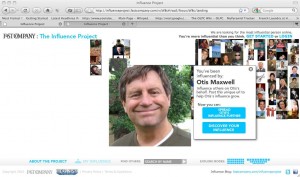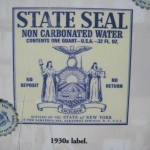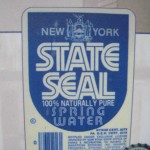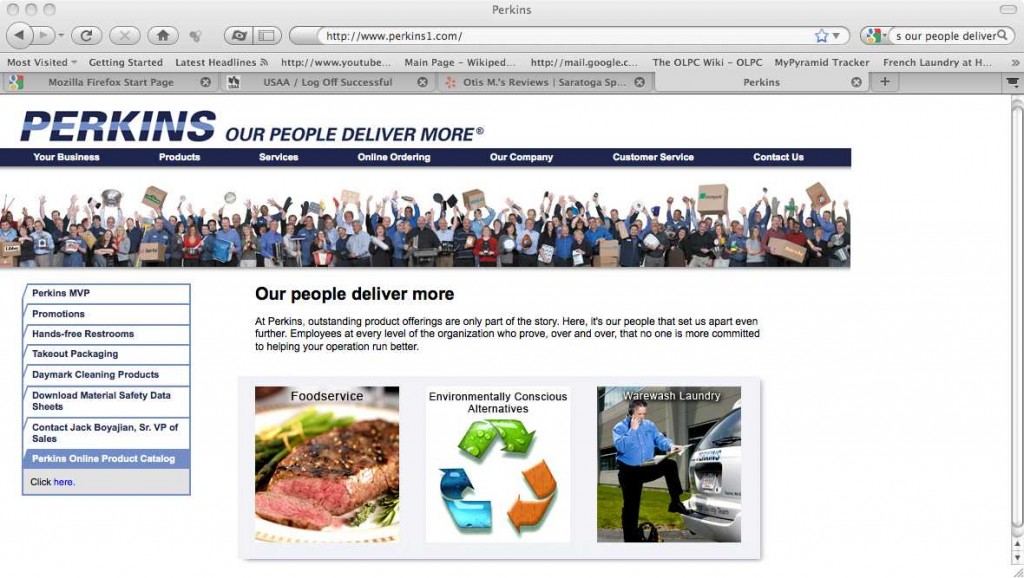This week I ran across the website of the Green Cleaners Council, whose “About Us” page states in part:
The Green Cleaners Council counts the many ways a professional dry cleaner can be ‘green’ by providing cleaners and consumers with defined environmental sustainability benchmarks to judge them by.
It is our mission to provide the necessary gravitas, which has been lacking regarding green marketing and greenwashing in the dry cleaning industry. We afford consumers a verifiable mechanism for judging how GREEN their cleaner is, while giving professional cleaners a vehicle to herald their genuine environmental accomplishments and strategies to help them achieve their green goals for the future.
In other words, this trade association provides consumers with tools to evaluate the environmental conscience of a dry cleaner, while providing the dry cleaner with marketing tools to show how green they are. This is what they do, but is it a “mission”? And are they helping their cause with grandiose words like “gravitas” and “herald”?
What went wrong here is that the Green Cleaners Council confused its mission with its marketing. A mission statement is not inherently a bad thing, but it should be primarily internally focused. Especially in a young and chaotic organization, it helps people keep their eye on the ball. It can remind them that their purpose is to serve customers or improve the world in some way, not just to make money.
A nice article on mission statements can be found on the FastCompany website, called “How to Write a Mission Statement that Isn’t Dumb.” The author, Nancy Lubin, points out that most corporate mission statements are like Hallmark greetings while a good one should encapsulate what the “Built to Last” folks call a Big Hairy Audacious Goal (BHAG for short). Here’s a successful example, from Microsoft:
A computer on every desk and in every home, all running Microsoft software.
Here’s one that is more amorphous, and the company turned out to be less successful in keeping its eye on the prize:
Respect, integrity, communication, and excellence.
And here’s one that might well have been scribed by the marcom writer at the Green Cleaners Council in a former position:
It is our job to continually foster world-class infrastructures as well as to quickly create principle-centered sources to meet our customer’s needs.
A mission statement shouldn’t be written by the marketing department, but by the leaders of the organization who are responsible for living up to it. (Though I’d say it’s okay to have a professional writer on tap in case the execs get too full of themselves.) And mission statements aren’t marketing and shouldn’t be featured in your marketing as a general rule. It’s a lot easier to look silly than to effectively communicate or persuade, as the bad examples demonstrate.
By the way, the middle mission statement is from Enron Corporation. And the last one isn’t for a real company but was created by the “Dilbert Mission Statement Generator”. It isn’t available online anymore, unfortunately, maybe because too many real companies were using it to write their mission statements.



